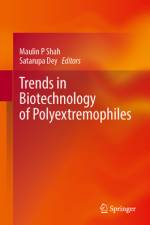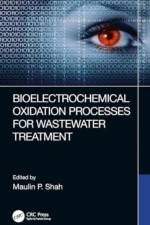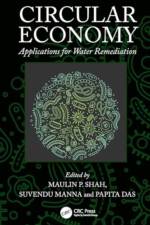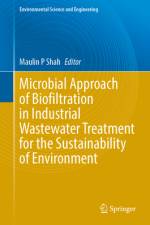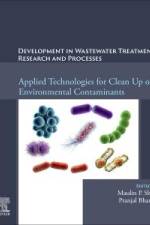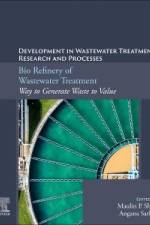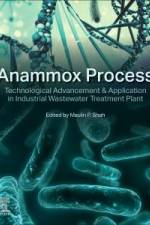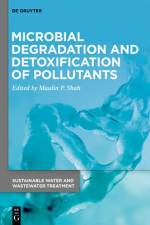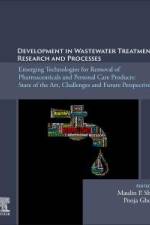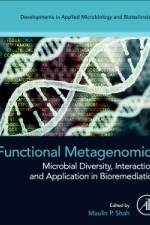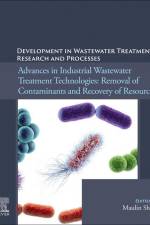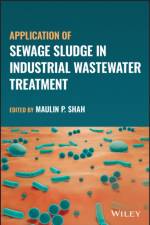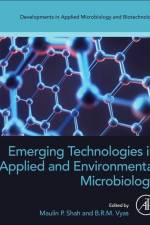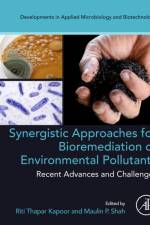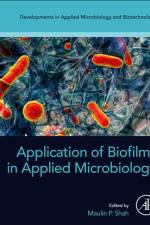av Maulin P Shah
2 015
Comprehensive reference examining activated sludge technologies in industrial wastewater treatment, combining a theoretical framework with practical methodologies Application of Sewage Sludge in Industrial Wastewater Treatment provides a roadmap to the methodologies for the treatment of industrial wastewaters from several major sectors integrating theory and practice, highlighting the importance of sewage sludge technologies in industrial wastewater treatment to clean up the environment from pollution caused by human activities, and assessing the applications of several existing activated sludge techniques and introduces new emerging technologies. All discussion within the text is based on a solid theoretical background. Application of Sewage Sludge in Industrial Wastewater Treatment covers key topics such as: Issues related to activated sludge treatment, such as biodegradability-based characterization, modelling, assessment of stoichiometric, and kinetic parameters and design Issues related to industrial pollution control, such as in-plant control, effect of pretreatment, and more Recently increasing quantity and complexity of toxic effluents, which can be bio remediable for plants and suitable microbes, whether natural or customized for specific purposes Ecological, profitable, and natural solutions designed to eliminate heavy metals, radionuclides, xenobiotic compounds, organic waste, pesticides, and more This reference provides an essential, one-of-a-kind, integrated approach for environmental microbiologists, biochemical engineers, environmental engineers, effluent treatment plant operators, and biologists and chemists at wastewater treatment plants.


